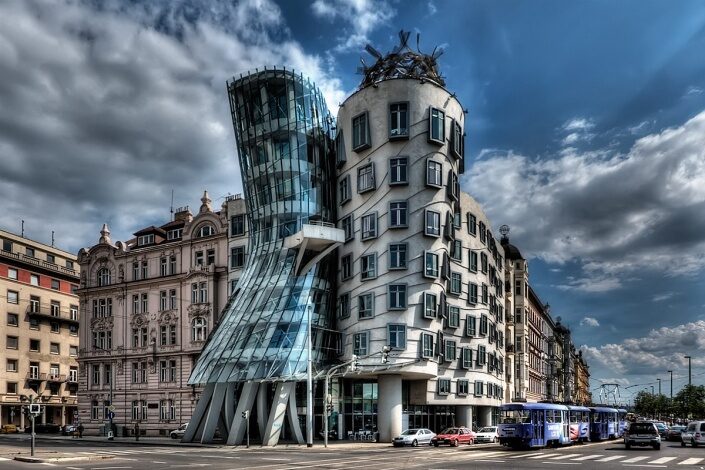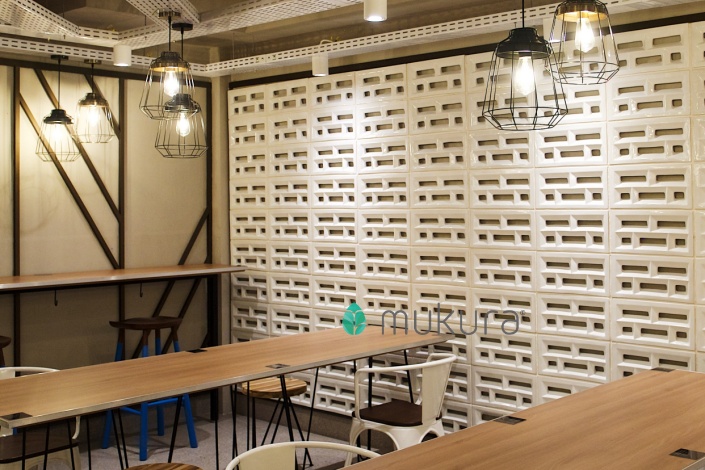News & Events, Product Information | Wednesday April 7th, 2021 06:49 PM
The Background Story of Mukura Ceramics
Mukura Ceramics is a ceramics industrial company which has existed in the Indonesian houses and buildings since 1985.
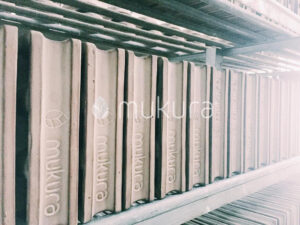
Started from the factory which produces several ceramics brands in Indonesia and also Mukura itself, Mukura Ceramics also produces other ceramics stuff which can be used as wall tiles accessories.
The iconic material produced by Mukura Ceramics is called Granite Ceramics. The differences of Granite Ceramics are: it has harder endurance and glazed surface which can display brighter color or matte color depending on the fashion of the texture and the design. This material has the official standard from the International Organization for Standardization or ISO which stated as “Ceramic tile: Determination of resistance to surface abrasion for glazed tiles (Granite Ceramics)”. With this material quality, Mukura Ceramics has been long enough in producing the International quality of Granite Ceramics.
Along with its Journey, Mukura Ceramics’ factory has also taken care of several breezeblock brands in Indonesia and focused on export projects especially in Italy. As the time goes by, Mukura Ceramics then decides to create its own brand but still accepts custom orders only with Mukura’s standard. Since this transformation, Mukura Ceramics has produced breezeblocks and minimalist stuffs for modern lifestyle but still maintains its historical-value products.
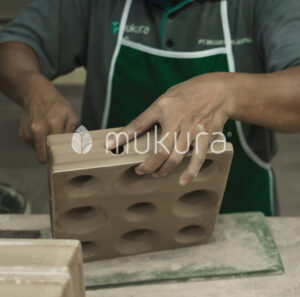
Right from the start, The production of the breezeblocks and other Granite Ceramics materials used by Mukura Ceramics has utilized the help of ceramics’ artists from Jogja and Bali. As the technology rises, Mukura Ceramics’ factory then uses Japan’s technology machine named Omron. What is unique is that Mukura Ceramics still has the ceramics’ artists working on sorting the product’s finishing process. So, it still has the essence of human-touch which produces artwear products or art-value products interestingly known by the other countries.

With this condition, the initial purpose of the Mukura breezeblock brand is to revive the lives of Indonesian ceramics’ industry artists with product consistency. Then, Mukura Ceramics has finally found a bigger opportunity to reach its purpose through the alignment of Mukura’s breezeblock and the global agenda which is Sustainable Development Goals. The Sustainable Development Goals itself is an official agenda from the United Nation which is encouraged to be achieved in 2030. The purpose of this agenda is to create a better and sustainable future for all. Some of the plans on the agenda are: environmental preservation, the use of clean and affordable energy, economic growth, as well as industrial and infrastructure innovations.
The Mukura’s breezeblock industry really supports and is in line with the sustainable goals because all the process inside its factory uses recycle and reusable materials as well as it disposes unpolluted factory’s wastes (tested by the artists and the architects of Mukura’s factory). Based on those things, Mukura Ceramics has the opportunity to smooth the Sustainable Goals agenda and achieve its beginning purpose that is to prosper the Indonesian ceramics’ artists.
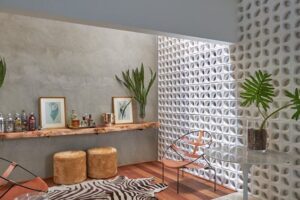
Sumber: Pinterest
Besides the sustainable goals’ factory, the Mukura’s breezeblock is also well-designed to have functions other than just being a ventilation block. The other functions are:
- Giving spaces inside buildings which can reduce the use of AC watt energy and the over-consuming lamps
- Has a very hard material but weightless, so the breezeblock can minimize the construction costs
- Easy to be cleaned and needs less maintenance because it doesn’t have pores
- The beauty of Mukura breezeblock also fits with the needs of building decoration.
All the functions and the advantages here play huge roles in decreasing the use of earth’s resources, which makes Mukura Ceramics a high quality and innovative brand which supports green living.
Hence, applying Mukura’s breezeblock on the buildings can support the Indonesian ceramics industry and contribute to the Sustainable Development Goals, which is expected to continue over a period of time.


